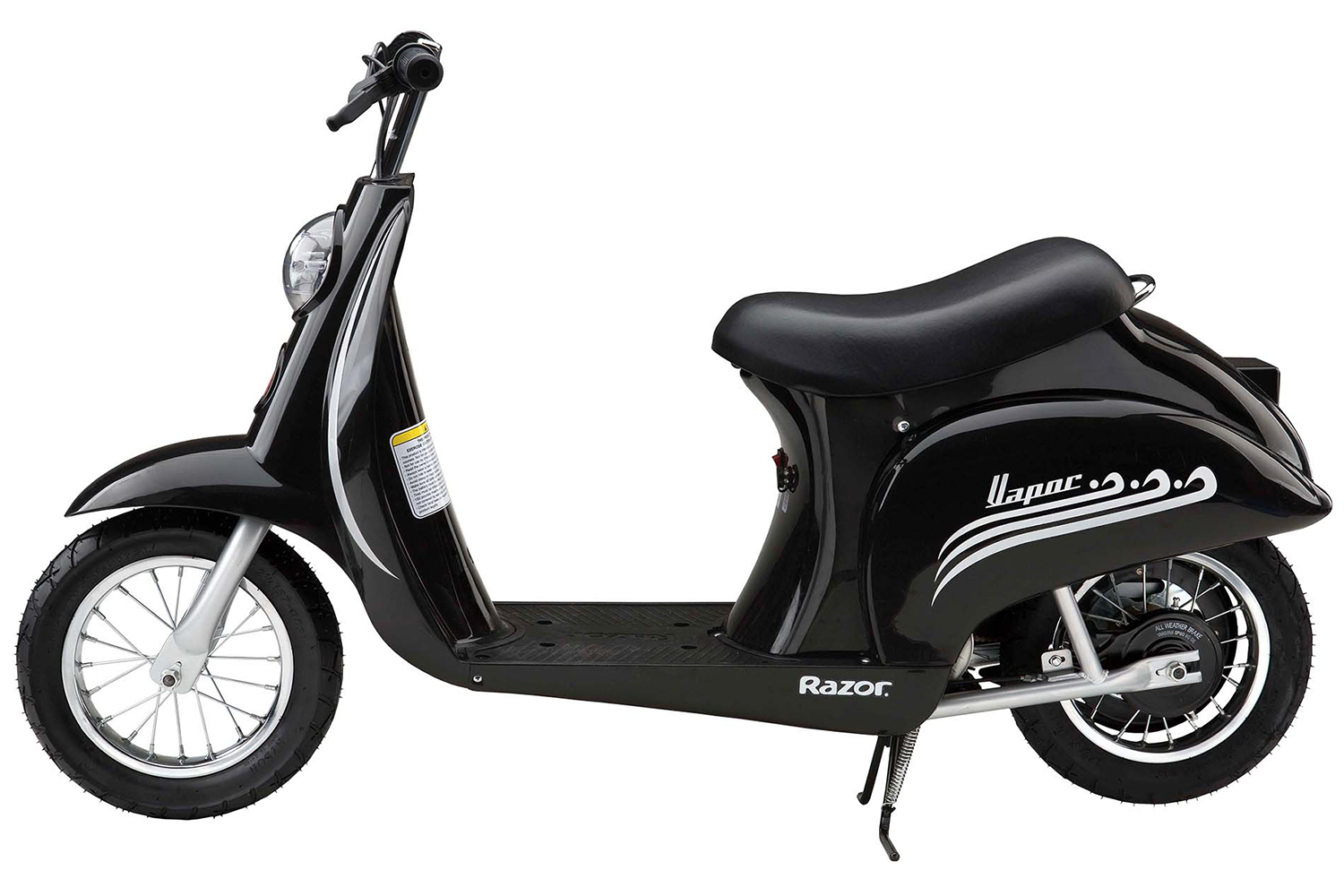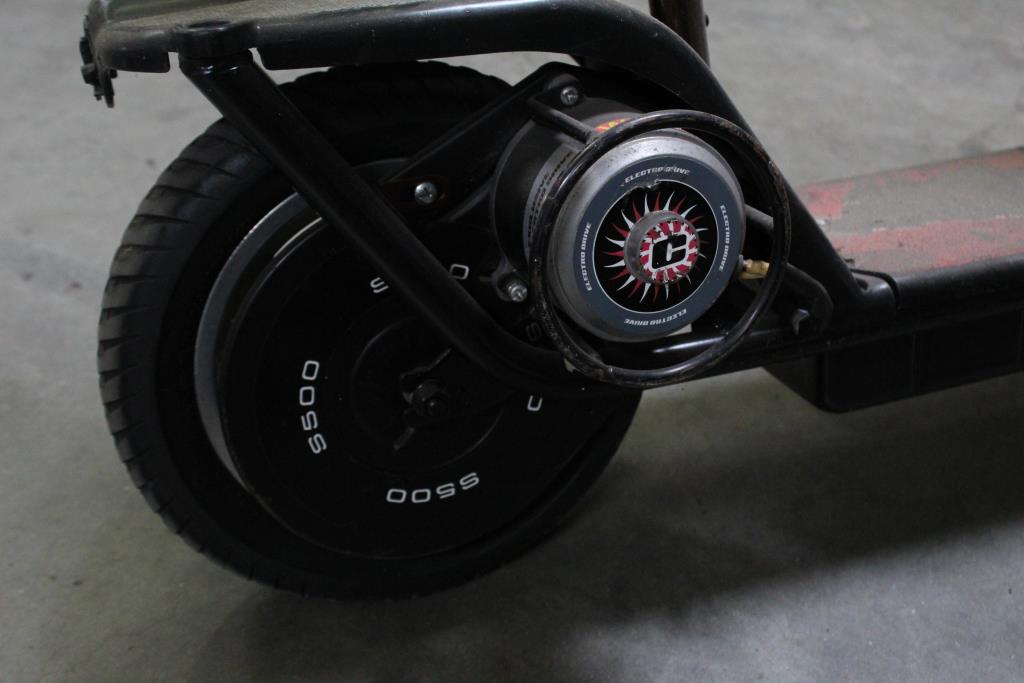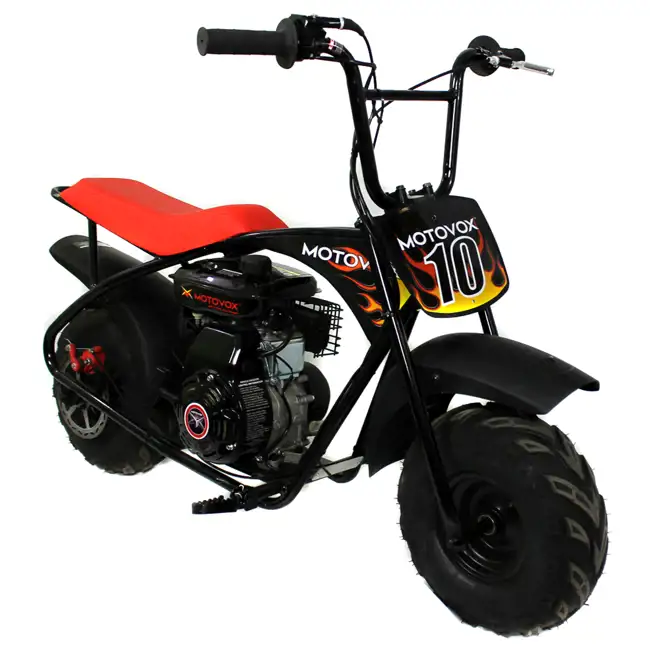I. Introduction

A. Importance of scooter insurance
Scooters have become increasingly popular as a convenient and cost-effective mode of transportation. However, just like with any other vehicle, accidents can happen, and having scooter insurance is crucial to protect yourself financially. Scooter insurance provides coverage for any damages or injuries that may occur as a result of an accident.
B. Overview of factors influencing insurance costs
When it comes to scooter insurance, there are several factors that can influence the cost of your premium. These factors include the specifications of your scooter, your personal demographics, and the coverage options you choose. Understanding these factors can help you make informed decisions when it comes to purchasing scooter insurance.
II. Factors Affecting Scooter Insurance Quotes
A. Scooter specifications
- Engine size and power
The engine size and power of your scooter can have a significant impact on your insurance premium. Generally, scooters with larger engines and higher horsepower are considered to be more powerful and therefore riskier to insure. This is because they have the potential to cause more damage in an accident.
- Age and condition
The age and condition of your scooter also play a role in determining your insurance costs. Older scooters may be more prone to mechanical failures, increasing the risk of accidents. Additionally, scooters in poor condition may be seen as a greater liability by insurance companies.
B. Rider demographics

- Age and riding experience
Your age and riding experience are important factors in determining your scooter insurance premium. Younger riders are statistically more likely to be involved in accidents, so they may face higher insurance rates. Likewise, riders with less experience may be seen as higher risk. On the other hand, older riders with a clean riding record may be eligible for lower insurance rates.
- Location and driving history
Where you live and your driving history can also affect your insurance costs. Insurance companies take into consideration the crime rate and accident statistics in your area. If you live in an area with high rates of theft or accidents, you may face higher insurance premiums. Additionally, having a history of traffic violations or accidents can result in higher rates as well.
C. Coverage options

- Liability insurance
Liability insurance is a mandatory coverage option for scooter owners in most states. It provides financial protection if you cause damage to someone else’s property or injure someone while riding your scooter. The cost of liability insurance can vary depending on the coverage limits you choose.
- Collision and comprehensive coverage
Collision coverage provides protection for your scooter in the event of an accident, regardless of who is at fault. Comprehensive coverage, on the other hand, covers damage from non-collision incidents such as theft, vandalism, or natural disasters. The cost of collision and comprehensive coverage is influenced by factors such as the value of your scooter and your deductible.
- Uninsured/underinsured motorist coverage
Uninsured/underinsured motorist coverage protects you in the event that you are involved in an accident with a driver who does not have insurance or does not have enough insurance to cover your damages. This coverage option is particularly important for scooter riders, as they are more vulnerable on the road.
III. Determining Insurance Premiums

Insurance companies play a crucial role in determining the premiums for scooter insurance. This section will delve into the assessment process employed by insurance providers and the factors involved in calculating scooter insurance premiums.
A. Insurance companies and their assessment process
Insurance companies have a standardized assessment process to evaluate the risk associated with insuring a scooter. This process involves several steps, including collecting and analyzing data, assessing risk factors, and making informed decisions regarding the policy.
- Estimating risk factors
When determining scooter insurance premiums, insurance companies consider various risk factors. These factors include the scooter’s specifications, rider demographics, and coverage options.
- Utilizing actuarial tables
Actuarial tables are statistical tools used by insurance companies to estimate the likelihood of a scooter being involved in an accident or experiencing damage. These tables help insurers evaluate the risk associated with a particular scooter model or rider demographic.
- Additional factors impacting premiums
Apart from the scooter’s specifications and rider demographics, insurance companies also factor in additional elements that may impact the premiums. These factors can include the driver’s location, driving history, and previous claims.
IV. Cost Comparison among Various Scooter Insurance Providers

When shopping for scooter insurance, it is important to compare costs among different insurance providers. This section outlines the steps involved in researching and comparing insurance quotes, along with the use of online tools and applications for cost estimation.
A. Researching and comparing insurance quotes
Prospective scooter owners must gather quotes from multiple insurance providers to compare rates. This involves contacting insurance companies directly, utilizing online websites, or seeking assistance from insurance brokers.
B. Online tools and applications for cost estimation
Various online tools and applications are available to estimate the cost of scooter insurance. These tools typically require input such as the rider’s location, scooter specifications, and desired coverage options. They provide rough estimates that can aid in comparing insurance costs.
V. Tips for Reducing Scooter Insurance Costs
Scooter owners can adopt several practices to reduce insurance costs. This section provides three valuable tips, including adopting safe riding practices, integrating anti-theft devices, and completing rider safety courses.
A. Safe riding practicesDiligent adherence to traffic rules, avoiding aggressive driving, and maintaining a clean driving record can demonstrate responsible and safe riding practices. This can help lower insurance premiums.
B. Integration of anti-theft devices
Installing security measures such as alarms, GPS trackers, and locks on the scooter can deter thieves and reduce the risk of theft. Insurance providers often offer discounts for scooters equipped with approved anti-theft devices.
C. Completion of rider safety courses
Completing rider safety courses not only improves riding skills and overall safety but also showcases the rider’s dedication to responsible driving. Insurance companies may offer discounts to riders who have successfully completed these courses.
VI. Conclusion
In conclusion, understanding how insurance companies determine scooter insurance premiums and the factors affecting costs is crucial for obtaining the most suitable coverage at an affordable price. By researching and comparing quotes, implementing safety measures, and investing in rider education, scooter owners can effectively manage insurance costs while enjoying the benefits of adequate coverage.
